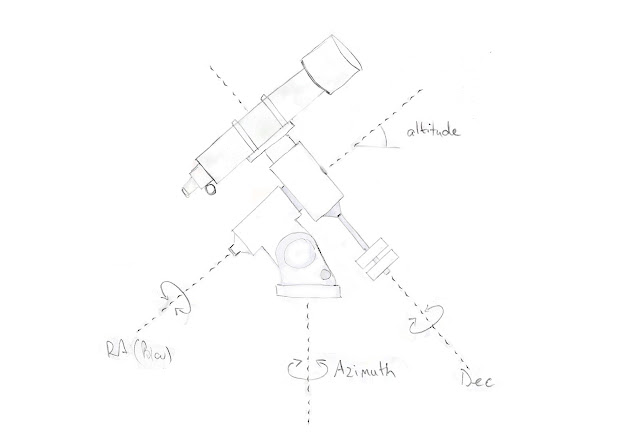Learning planetary photography - introduction

I'm not a good planetary photographer, but I might be a fast learner. I've been playing with our new QHY cameras in order to help customers. That's my excuse, at least. I started with the QHY5III 178C. The small sensor and tiny pixels makes it a very useful planetary camera. The fact that it's a colour camera helps too. And unlike a deep sky camera, it's not terribly expensive. But it involved learning. My normal targets are nebulas: big, dark creatures that hide in the darkness of space. Planets are the opposite. Anyone who has bought a telescope and looked at one will agree: they're tiny bright creatures that dazzle us from a distance. So I got FireCapture for getting the images (there are other programs too), and then had to learn some new tricks. "Debayering" untangles the red, green and blue images the colour camera records simultaneously. It's not as simple as with a mono camera. Related to this, the colour balance has to be set. My firs...









